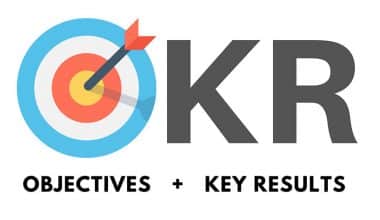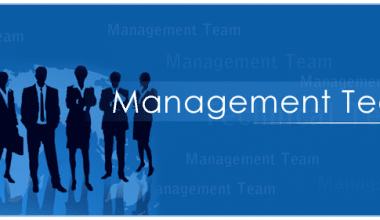Value stream mapping (VSM) is a tool used by organizations to identify and eliminate waste. By training employees in the basics of VSM, organizations can create a workforce committed to reaching the next goal, which helps drive better results.
What is Value Stream Mapping?
VMS is a lean management technique that relies on diagrams to identify and eliminate waste. It demonstrates the journey of information and materials from the start of the process to the delivery of a service or product to consumers.
Every step in the process is included in VSM, whether it adds value or not. Value-added steps are those that improve the product/service from the customer’s perspective. Non-value added are steps that can be reduced or eliminated because they have zero influence over customer opinion.
Training Content
Any training will kick off with an introduction to VSM, where employees will learn what it is, what the benefits are, what the different types of VSM are, and what the key steps in the VSM process are. Content will cover everything from identifying the value stream to implementing the future state.
Alongside the core topics of VSM, employee training may include continuous improvement (Kaizen), lean manufacturing concepts, process flow improvement, waste identification/elimination, capacity planning, and takt time/cycle time calculations.
Tools for VSM Training
To facilitate employees in their VSM learning journey, it’s important to provide suitable tools. For example, a diagram and charting editor will provide a value stream mapping template, which will help your employees get to grips with how they should look. As well as this, you can make learning more enjoyable by sourcing VSM simulation games like the one by iGrafx or the Lean Enterprise Institute.
Training Delivery Methods
Every employee will interact with training differently, so you may need to play around with various styles of delivery. Some of the most common methods include:
- Online training. This allows employees the opportunity to access VSM training at their own pace and in their own time.
- Instructor-led training (ILT). This is the most common type of training because it offers much more support, which is beneficial for learning new concepts or supporting employees who need additional help.
- Blended learning. Some employers choose to deliver ILT and combine it with online learning to consolidate knowledge. This can also be a great asset for hybrid businesses, who may have employees in different locations.
To determine which training delivery method to use, we recommend setting a budget and getting to know your audience. As well as this, you may need to take into account the resources available and the size of your organization.
How to Assess Learning
Following completion of training, you must check that employees have understood the content. There are many ways you can do this including on-the-job assessments and post-training assessments. Alternatively, you can set projects to test skills and host engaging quizzes to check knowledge.
Value stream mapping is a comprehensive tool for improving processes. By training VSM to employees, businesses save money and become more efficient.






